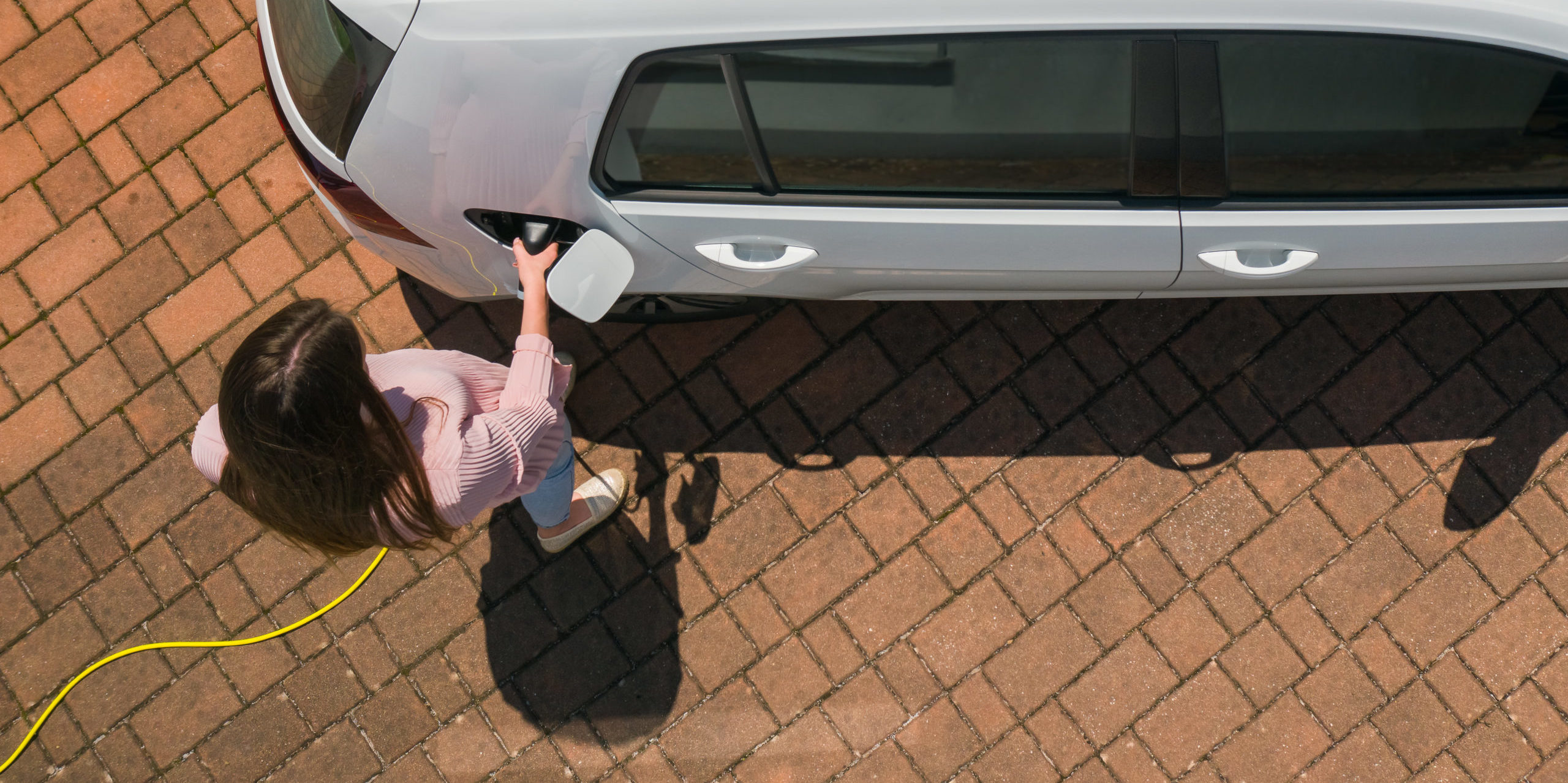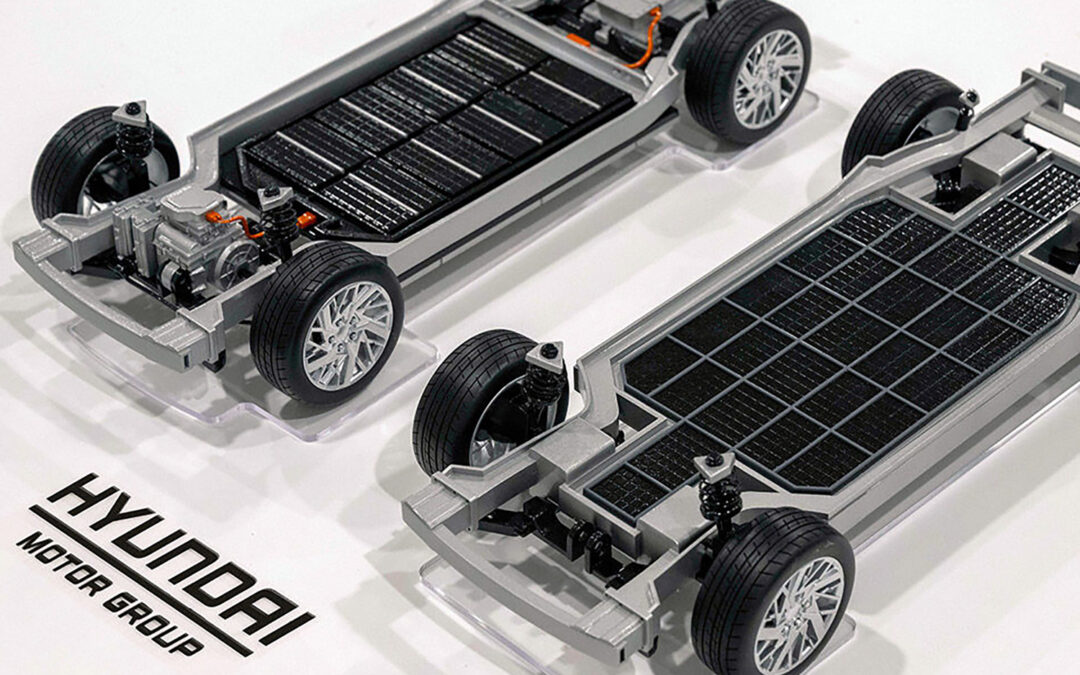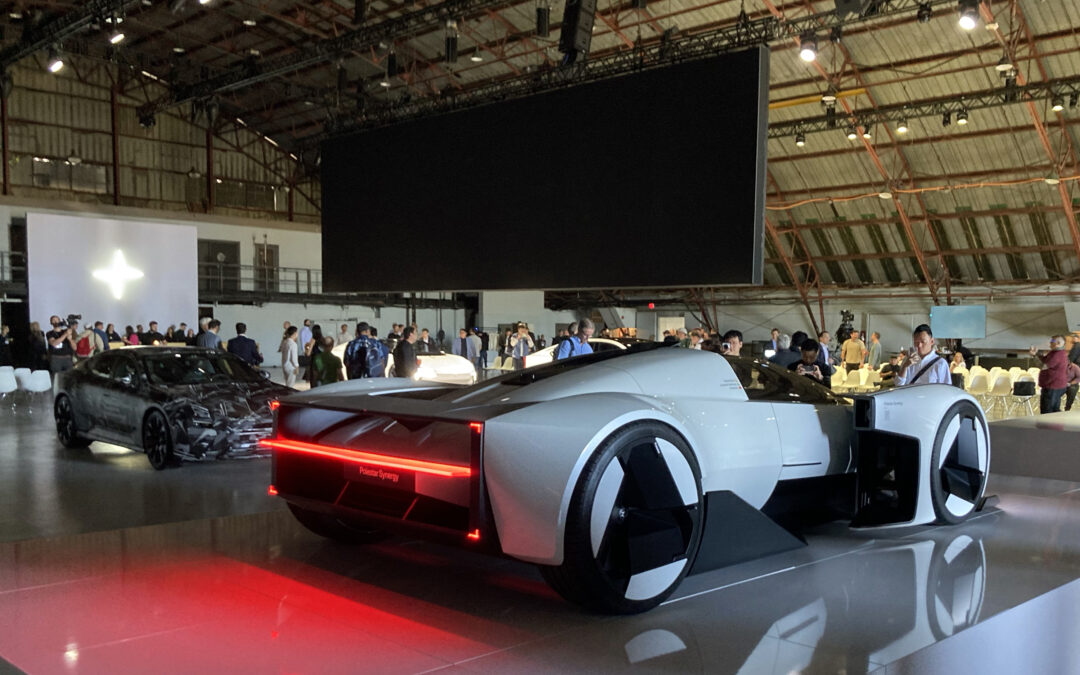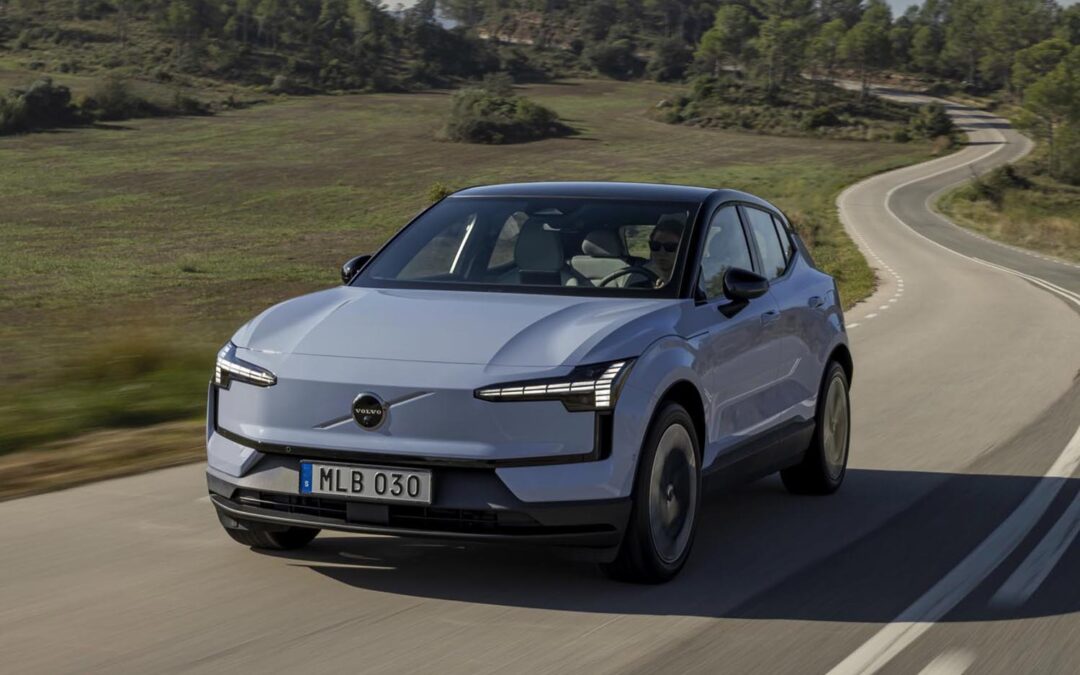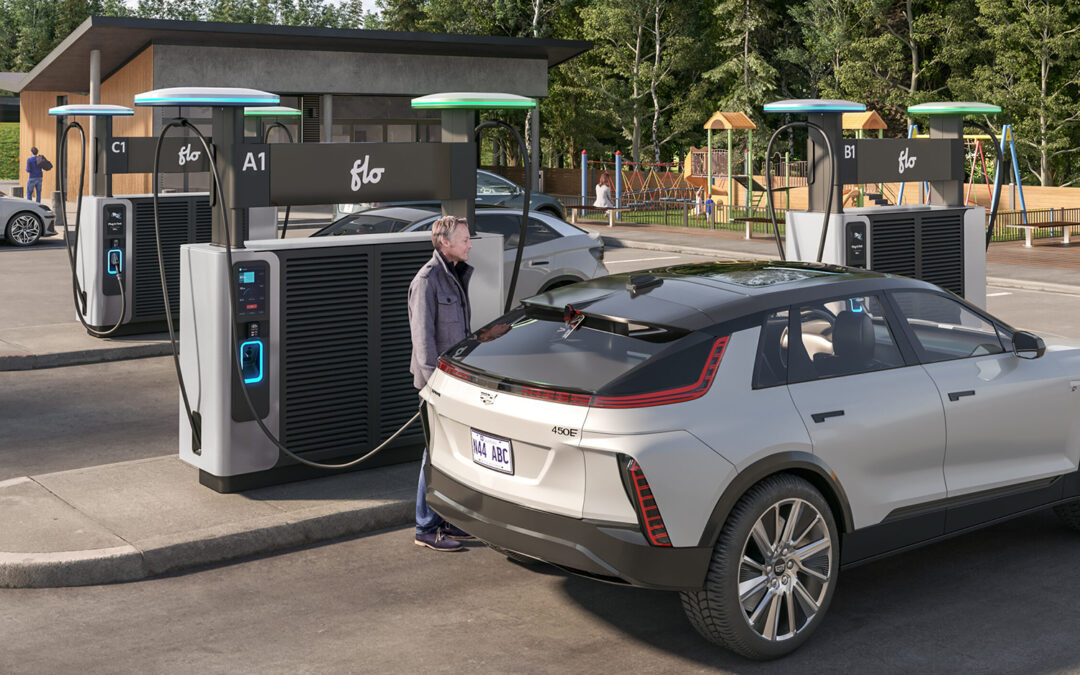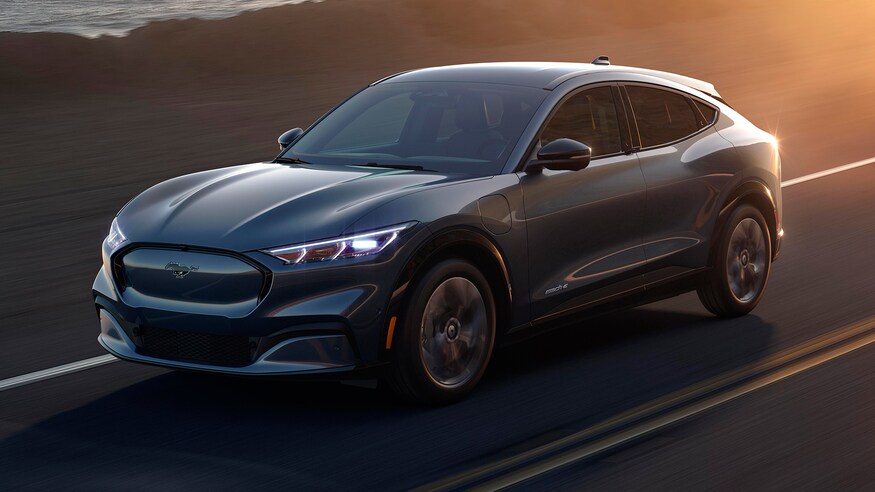Even when an electric vehicle is switched off and just sitting in a parking lot or driveway, there are still some electric functions running in the background. The main one is the need to heat or cool the battery to keep it at a happy temperature. When the vehicle is not plugged in, this process drains the battery. To prevent this from happening the fix is as simple as plugging the car in whenever possible. Now, rather than using battery power to maintain the temperature, the vehicle uses grid electricity to look after the battery.
In winter, a battery left shivering in the cold can drop the driving range by up to 30 percent. The reason is lithium-ion batteries use an electro-chemical reaction to convert the stored energy into electricity. This action is slowed by cold weather; the solution is found in pre-conditioning.
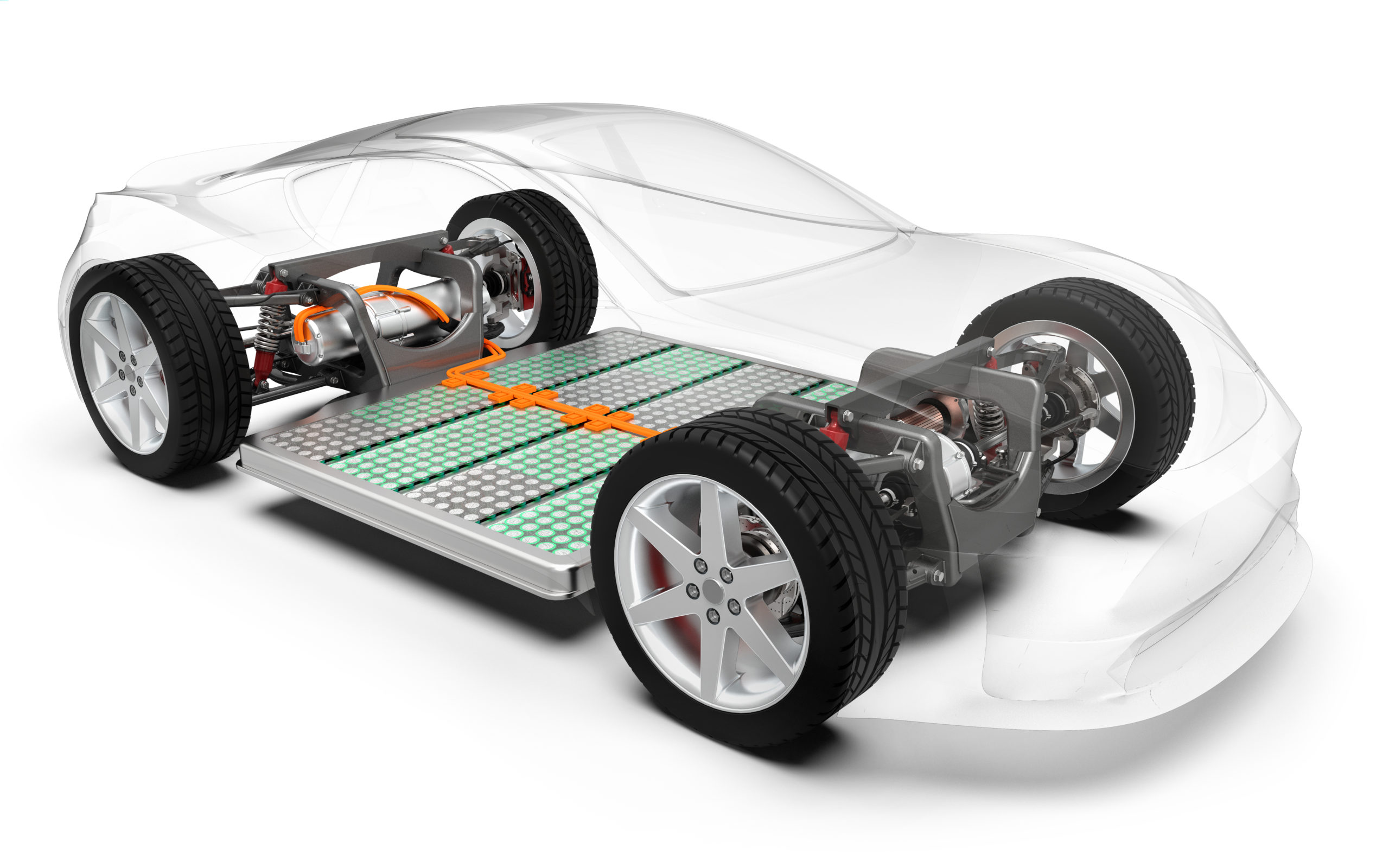
Modern electric car with battery, x-ray vehicle chassis, 3D rendering
As the name suggests it pre-conditions the battery. This warms or cools it so it’s at the optimum temperature and ready to accept a charge in the faster, more efficient manner. An often overlooked side effect is many manufacturers also reduce the amount of regenerative braking when the battery is too hot or too cold. With this side of the EV being such an integral part of the overall driving range, any reduction in regen performance will have a negative impact. Pre-conditioning solves this dilemma.
Pre-conditioning using grid electricity can also bring the cabin up to or down to the desired temperature without impacting the driving range. An EV cannot use the waste heat from a combustion engine (approximately 75 per cent of fuel burned is converted into waste heat!), so the energy to run the climate control system has to come from the battery. When a car has not been pre-conditioned, it forces the climate control system to work overtime to warm or cool the cabin when the vehicle is first driven, and it does this using precious battery power. Replay this scenario with a pre-conditioned cabin and now the climate control’s draw is limited to the power needed to maintain the set temperature after it’s unplugged. Obviously, this has a significantly smaller impact on driving range.
Read more: What is regenerative braking, and how does it work?
Contrary to popular belief, using grid electricity to pre-condition the battery and cabin does not add kilometres to the driving range; however, it does mean the battery is fully charged when it’s time to leave and at the optimum operating temperature, and the climate control’s draw has been cut to a minimum because the cabin is already at the desired temperature.
A study by the American Automobile Association (AAA) determined that when the outside temperature hits 35C and the air conditioning is being used to cool the cabin, an EV’s driving range drops, on average, by 17 per cent. With the cabin already cooled with pre-conditioning, the impact on driving range plummets to just 4 per cent, which demonstrates how just much power the climate control system consumes. In winter the effect on range is much worse. Again, according to the AAA, cranking the climate control system up to max heat and the range reduction can soar to 41 per cent.
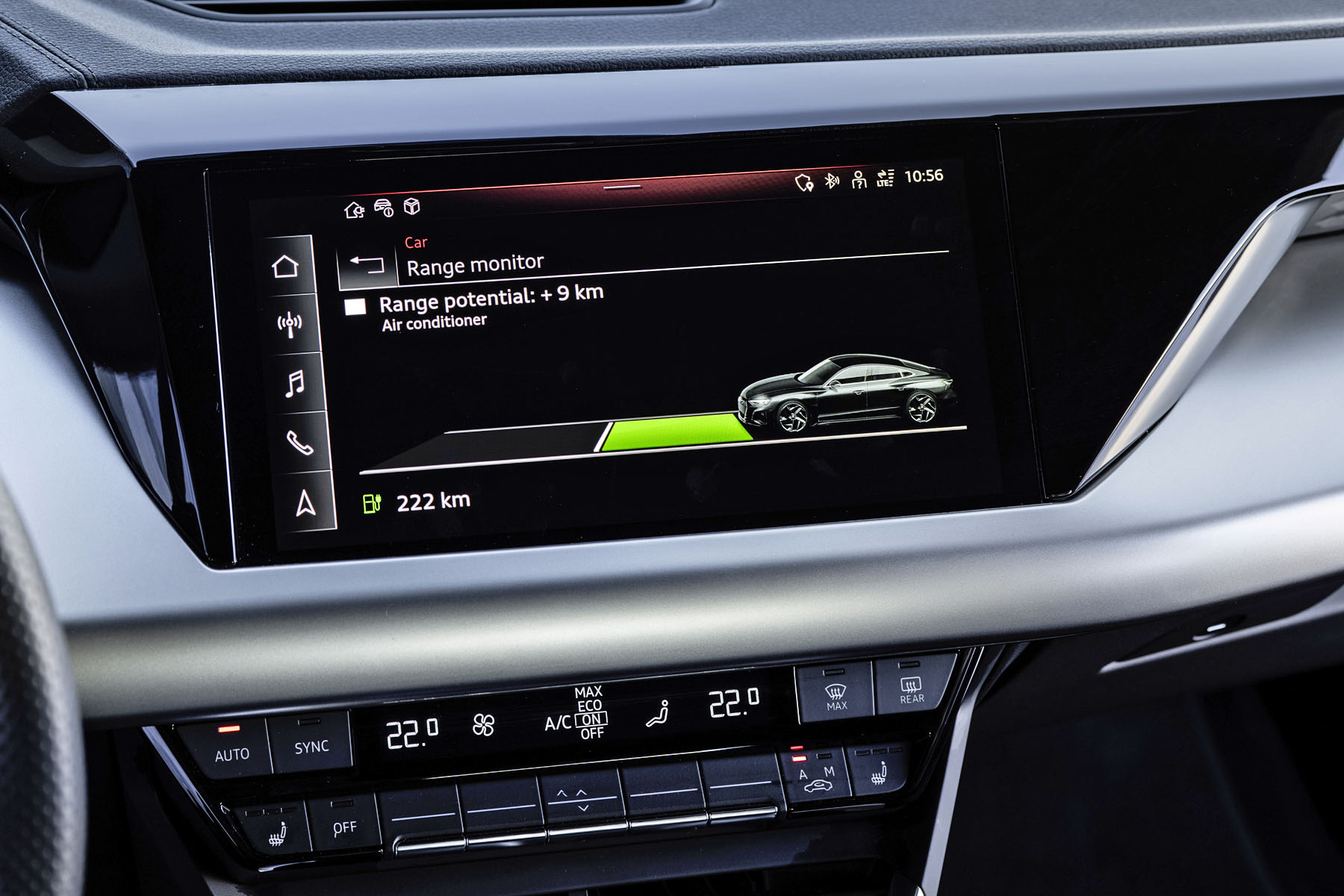
Audi e-tron GT quattro
Currently, EVs use one of three common heating options. Resistive heating, positive temperature coefficient (PTC) heating, or a heat pump. Resistive heating (think an electric fire) is the most inefficient way of warming the cabin. A PTC heater is similar to a resistive heater, as both use electric current passing through resistance to create heat. However, PTCs are far more efficient. The most efficient method of heating a vehicle is a heat pump. Sadly, a heat pump is more expensive, so in many cases it’s an option if available. However, according to Bosch, at its best, a heat pump uses one kilowatt of electrical energy to generate three kilowatts of heat energy, so the strain on the battery is significantly lower.
The pre-conditioning function can be accessed and activated through the vehicle’s infotainment system. It allows the driver to set the charging program to use off-peak electricity rates and pick the time when the cabin pre-conditioning should start. Now, the vehicle is ready to roll at the desired departure time. Many also give access to the pre-conditioning parameters through a connected smartphone app. Once the pre-conditioning and charge parameters have been set, the EV looks after itself, so for the driver it’s just a matter of unplugging the vehicle, climbing into a warmed or cooled cabin and driving.
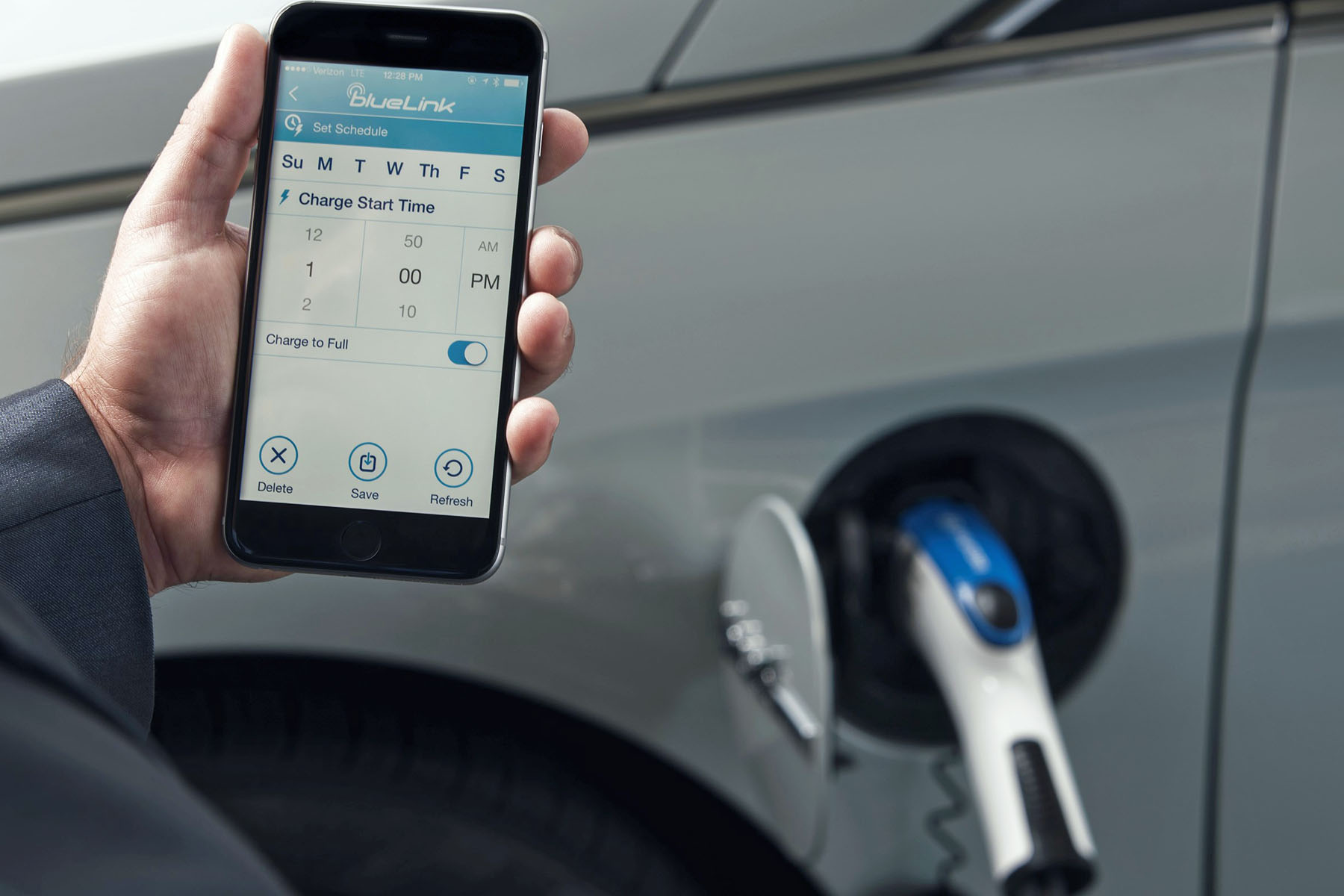
Hyundai Blue Link app
There are some other easy ways of minimizing the draw the climate control places on the battery. Where available, it pays to heat just the driver’s side of the cabin if the driver is the only rider. If this option is not available it’s more economical, from a draw standpoint, to use the heated seats to take the chill off in winter. Maintaining the pre-set temperature using the heater or air conditioning can reduce the driving range by up to 10 km for every hour of use. Conversely, heating the front seats consumes less than one kilometre of range for every hour of use.
Beyond picking the most efficient way to heat or cool the cabin, it’s smart practice to park the vehicle in the shade in summer and away from the teeth of a howling gale in winter, especially when it is not plugged in. Reducing the heat load or cold sink reduces the workload placed on the battery by the climate control system when it’s time to drive.
